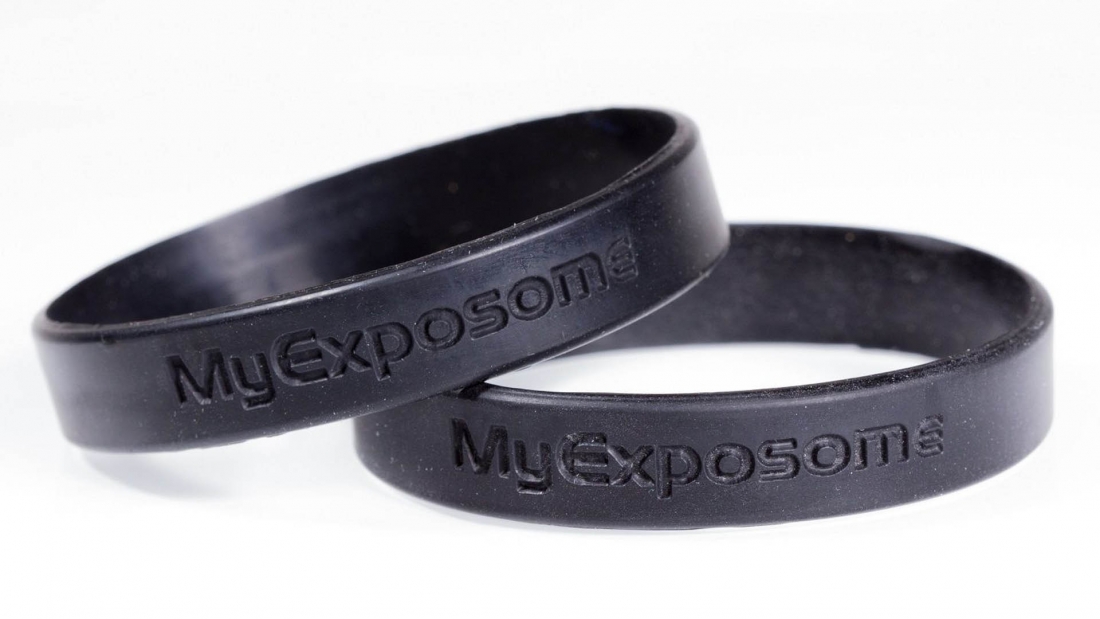TUNE Is The Insole That Promises To Make You A Better Runner
Running is an easy way to stay fit; all you need are a pair of shoes and space to run. The problem is that most of us are never taught how to run. If you have ever run a large race you can see that this results in varied, and often usual, running gates. Not only can this cause tremendous inefficiencies in one’s stride,it can also lead to serious injuries. Proactive runners seek out coaches and physical therapy practices to analyze and help correct these issues. But if you are the type of person that is lucky to just get out for a run, these solutions might be a bit involved; wouldn’t it be great if there was something as easy as Nike+ but for your gate. A Portuguese company called Kinematix is launching a product called TUNE which promises to be just that.
The $220 system is comprised of two sensor-laden insoles, each with a small module that clips to the side of the shoe. These insoles connect with your phone via Bluetooth and work with its GPS to track a score of metrics. The associated app then analyses the data and recommends various exercises and workouts to correct issues with your stride. TUNE is designed to be worn every time you run to keep a constant record of your gate and how it changes over time. Among the data gathered are: ground-contact time, heel-contact time, strike pattern, symmetry, cadence, step length, speed, and trajectory. The Kickstarter page does a great job discussing what they are trying to solve but is surprisingly light on details of how the system will present the data or how it will help you improve. If the final product is able to provide meaningful information and foster healthy changes then it has potential, but I still would be hesitant to go too far down the path without a professional.
Continue reading








